Want to impress the new mom crowd? AI images help your merchandise convey a sense of coziness
 Cynthia
CynthiaFor new moms, emotional safety often decides whether they will click, scroll, or make a purchase. In this AI-driven era, brands need to understand how to visually communicate softness, security, warmth, and authenticity. It’s no longer just the designer or photographer’s job—every marketer, product manager, and operator needs to master emotional visual language.
This blog explains how to use Pic Copilot’s AI template tools to create visuals that speak directly to new mothers. From emotional psychology and character modeling to lighting, layout, and cultural adaptation, we’ll walk you through how one image can build trust in seconds.
1. Emotional Visual Psychology: Why Safety Comes First
Purchasing decisions for new moms aren’t only logical—they’re emotional. When she sees an image, she subconsciously asks: “Can I trust this brand?” or “Does this product feel safe for my baby?” That’s where visual emotion comes in.
Five Key Factors that Influence Emotional Safety:
- Color Psychology: Soft pink, pastel yellow, and creamy white feel gentle and trustworthy. Avoid harsh reds and high-contrast black-and-white combos—they can cause anxiety.
- People in the Image: Natural smiles are more effective than flat expressions. Eye contact builds trust. Mother-baby duos feel warmer than product-only shots.
- Spatial Distance: Closeness between the caregiver and product suggests attentiveness. A bottle next to a cuddled baby means more than an isolated product shot.
- Lighting & Environment: Soft lighting feels cozy; home environments (with curtains, blankets, or sunlight) feel safer than sterile white backgrounds.
- Interaction: Images showing gentle touches, cradling, or smiling convey connection. Static or emotionless poses often feel cold or clinical.
2. How AI Can Simulate Real-Life Mom Moments
Tools like Pic Copilot offer AI-powered visual generators that are ideal for fast-moving e-commerce campaigns. Here are three features especially suited for mom-and-baby visuals:
- ·Virtual Try-On: Move beyond slim, commercial models. Customize model body types (pregnant, postpartum) to reflect real mom audiences.
- ·AI Model Videos: Motion adds realism. Use it to show natural moments like breastfeeding, baby care, or lounging in postnatal wear.
- ·Skin Tone + Style Customization: Tailor visuals to match different skin tones, hair types, and regional clothing styles to improve cultural relevance.
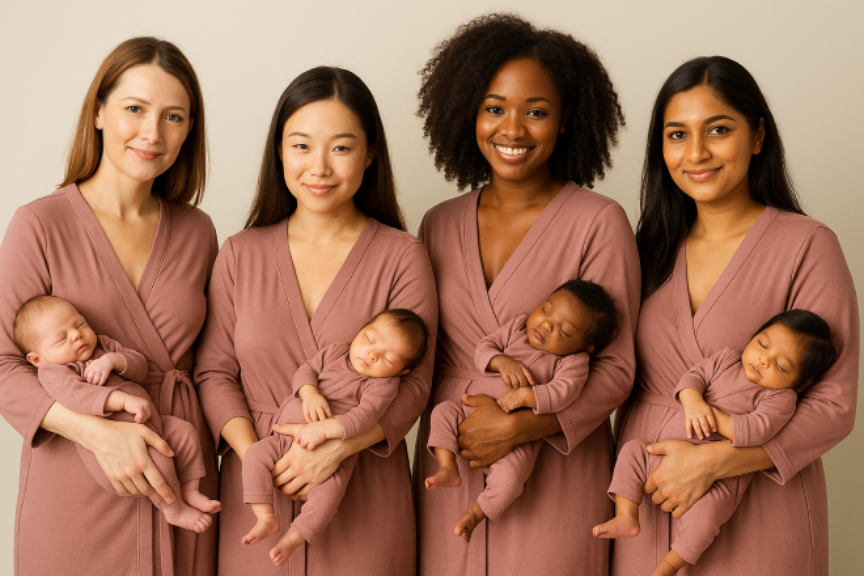
3. Common Mistakes in Baby-Centric Design (and How to Fix Them)
1. Too Commercial, Not Enough Emotion
Problem: Staged props, flat lighting, stiff facial expressions
Fix: Use lifestyle background templateslike bedrooms, balconies, or sunlit windows to create warmth.
2. Baby Doesn’t Feel Real
Problem: Baby appears static or lacks interaction with the parent
Fix: Use AI model video or shadow toolsto simulate natural gestures like hugging or feeding.
3. Poor Color Choices
Problem: Oversaturated reds and dark backgrounds resemble generic sales ads
Fix: Start with soft white, skin tones, and pastel yellow. Add gentle textures and soft focus to enhance premium baby-friendly feel.
4. Lack of Cultural Sensitivity
Problem: All-white models ignore diverse parenting realities
Fix: Use Pic Copilot’s skin tonechanger to easily create visuals with moms of different ethnicities.
4. Creating Visual Stories That Moms Relate To
A great mom-and-baby image isn’t just a picture—it’s a slice of life. With Pic Copilot’s story scene templates and composition tools, you can show warmth and routine in just one frame.
Storytelling Scene Types:
- Morning Routine: Mom gently waking baby, sunlight through the curtains
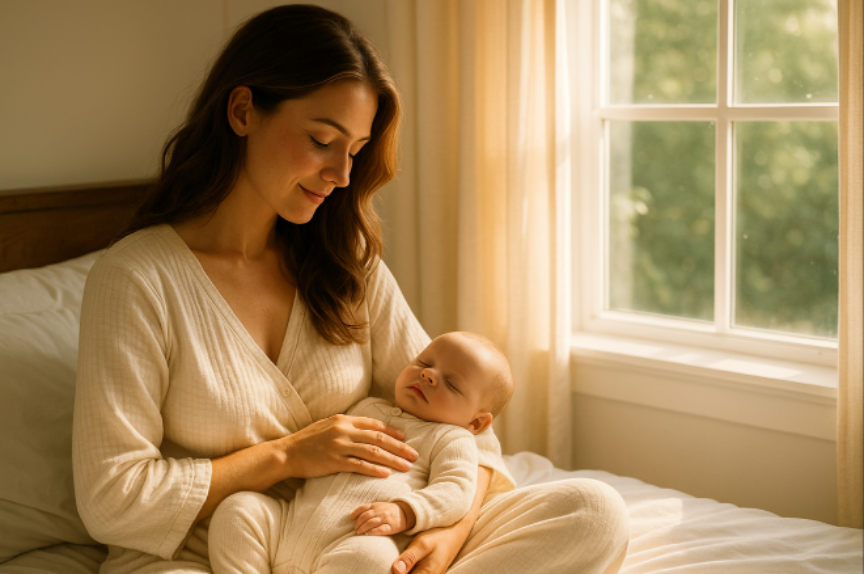
- Night Comforting: Dim lights, baby wrapped up and sleeping
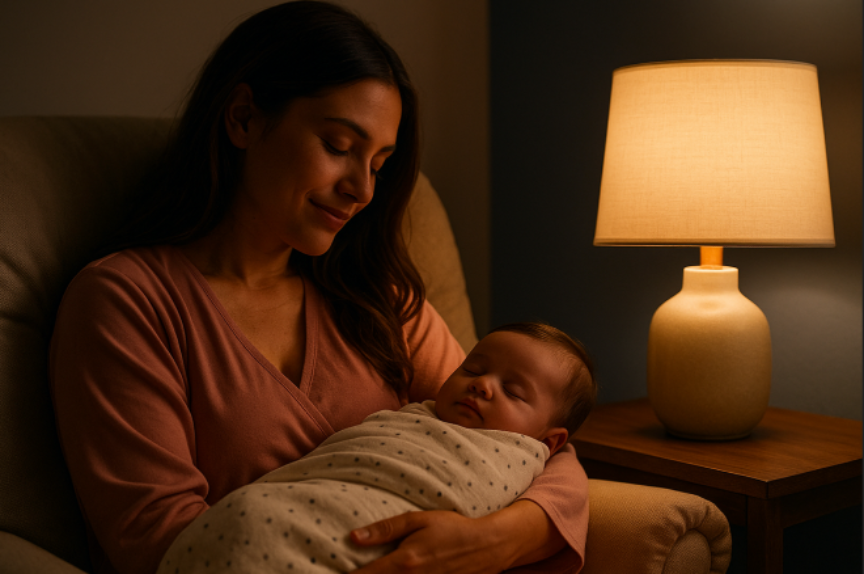
- Playtime: Floor mat, Mom and baby sharing toys
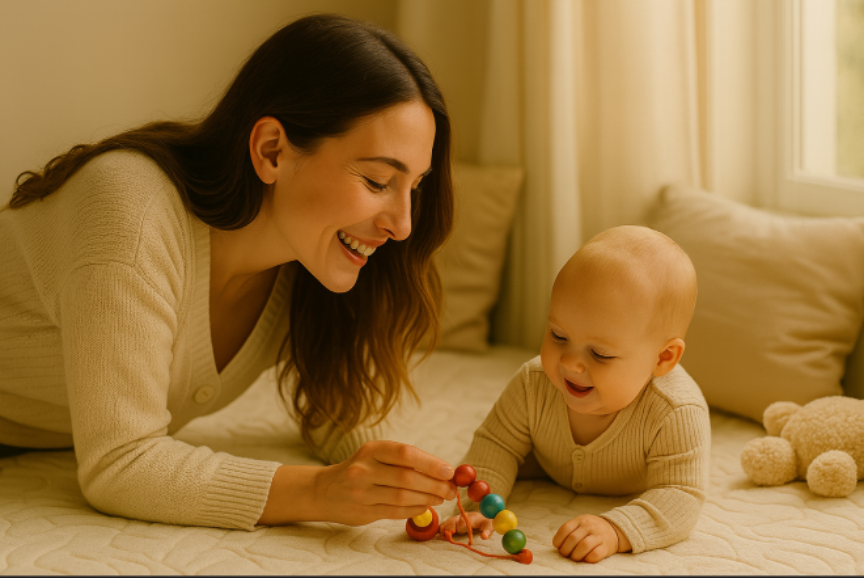
- Postpartum Recovery: Mom sipping warm red date tea in lounge wear

Composition and Framing Tips:
- Top-down angle: Feels safe and nurturing
- Side lighting: Adds natural, lived-in realism
- Eye contact between parent and child: Builds emotional depth
- People fill 60%+ of the frame: Keeps focus on connection, not product
Directing Focus with AI:
- Use depth-of-field to keep baby’s face sharp while softening background
- Highlight touch (like a hand on a baby’s back) using focus tools
- Place key product descriptors (“organic certified,” “gentle on skin”) in light gray or soft brown to avoid visual clutter
Toolkit Tip: Use Pic Copilot’s “Story Template+ Smart Background+ Depth Focus” trio to create emotionally engaging visual storytelling.
5. Cross-Cultural Visuals That Build Global Trust
As baby product brands expand globally, visuals need to feel locally relatable. AI isn’t just fast—it needs to be flexible and culturally aware.
Regional Visual Preferences:
- U.S., Germany, U.K.: Natural, candid home scenes. Real emotion is more valuable than retouched perfection

- Japan, South Korea: Calm and minimal aesthetics. Bright indoor spaces with soft details like warm blankets, minimal facial expressions.
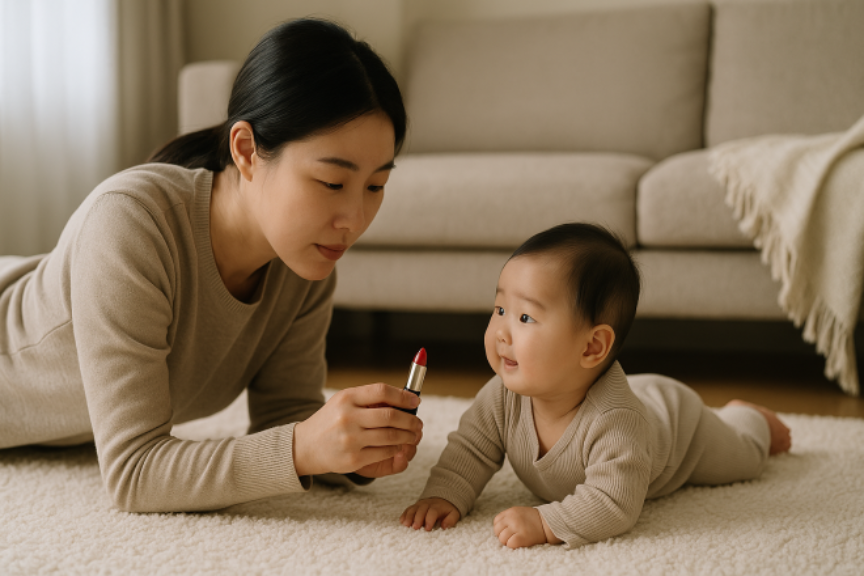
How Pic Copilot Supports Localized Visuals:
- Skin Tone & Clothing Diversity: Generate visuals with varied skin tones and cultural outfits using AI model tools.
- Localized Environments: Choose templates by country—Japanese tatami rooms, American kitchens, Arabic courtyards.
- ·Multi-language Text & Voice: Supports 20+ languages for in-image text, tags, and video subtitles or dubbing.
6. Micro-Details that Build Emotional Trust
Humans are wired to respond to faces—and moms notice baby expressions instinctively.
Micro-Expressions:
- Babies with slight smiles and open mouths feel alive and responsive
- Moms with subtle smiles and soft eyes radiate warmth
- Use Pic Copilot’s facial refinement tools to adjust eye direction, mouth curves, or lighting to evoke connection
Material Cues = Emotional Cues
- Soft textures in blankets, bottles, and onesies matter
- Pic Copilot supports material rendering to simulate cotton, bamboo, silicone, etc.
Tip: Combine depth blur with warm filters to create a “softness bubble” that builds trust in 3 seconds.
7. A/B Testing for Emotionally-Driven Visuals
Every image is a hypothesis—and A/B testing lets you test emotional impact.
What to Test:
- Pose types: cradling vs. lying down vs. playful sitting
- Background: cozy home vs. sterile white
- Font placement: top-left vs. center vs. bottom
- Lighting: backlit, soft, spotlighted
How Pic Copilot Helps:
- Generate multi-variant image sets with one template
- Preview each version as it would appear in real ads (mobile, feed, banner)
- Link to ad platforms to track CTR by visual and refine via machine learning
Real example: Parenting brand tested “mom-and-baby cuddle scene” vs. “product-only layout.” CTR: 7.2% vs. 2.8%.
A:
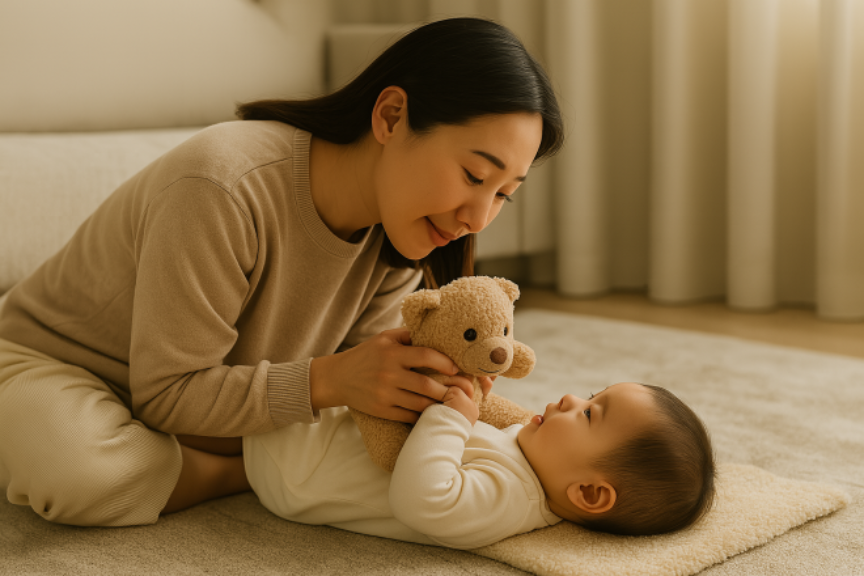
B:
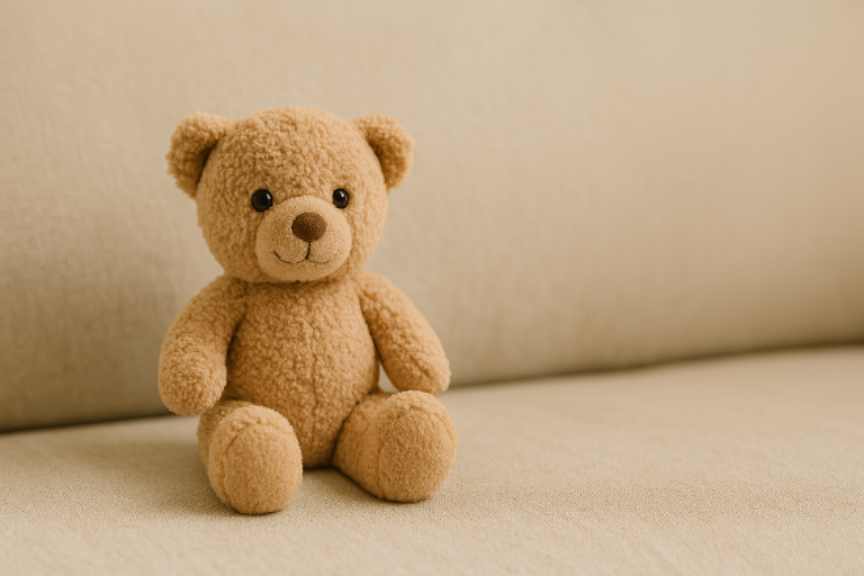
8. Turning Images into Immersive Video Stories
Static visuals grab attention. Video earns trust. Pic Copilot can extend any still into a mini video:
Features:
- AI animation for small motions (lifting baby, soft caress)
- Environment extension: From kitchen to bedroom scene animation
- Auto subtitles + voice-over in English, Spanish, Arabic, and more
Script Templates:
- “Baby wakes up”
- “Morning dressing routine”
- “Sun care before heading out”
Tip: Use these for TikTok Shop, Facebook Reels, or WhatsApp video replies. Avg conversion uplift: +40%.
9. From One Image to a Full AI Visual Library
Traditional photo shoots are expensive and slow. AI unlocks content scale:
Problems with Old Workflows:
- 7–10 days prep: studios, models, styling, props
- Costly: Hundreds per image with limited reuse
- No do-overs after shooting
AI Production Advantages:
- Create 10+ versions from one base image
- Auto-generate diverse rooms and settings(bedroom, living room, hospital)
- Edit images post-generation (change colors, props, model pose)
Strategy Tip: Build an AI Visual Asset Library categorized by product, emotion, scene, and season. Treat it like a reusable brand content bank.
10. Building the “Trust Barrier” with Consistent Visuals
Trust is everything in the baby industry. You don’t buy trust—you build it with consistent softness and care.
Brand Personality Through Visual Language:
- Consistent lighting, composition, and model continuity across seasonal updates
- Keep brand recognizable across Mother’s Day, spring outings, holiday promos
Co-creation with Real Moms:
- Invite users to upload their own mom-baby photos and re-style using Pic Copilot templates
- Embed authentic quotes like: “She said it feels like being hugged” into the design
Visual Trust Graph (Advanced):
- Link each image to its conversion metrics
- Build a database of “trust-driven visuals” by region, audience age, or platform
Conclusion:
In image marketing for mothers and babies, trust is not smashed out by advertisements, but conveyed by the “gentle persistence” of each frame. The real AI is not to make the product cooler, but to let mothers see you who are worth approaching at the moment when they need peace of mind the most.
 Virtual Try On
Virtual Try On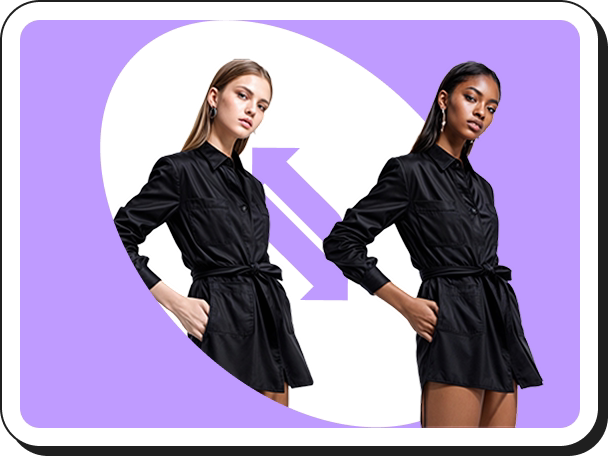 AI Model Swap
AI Model Swap Fashion Reels
Fashion Reels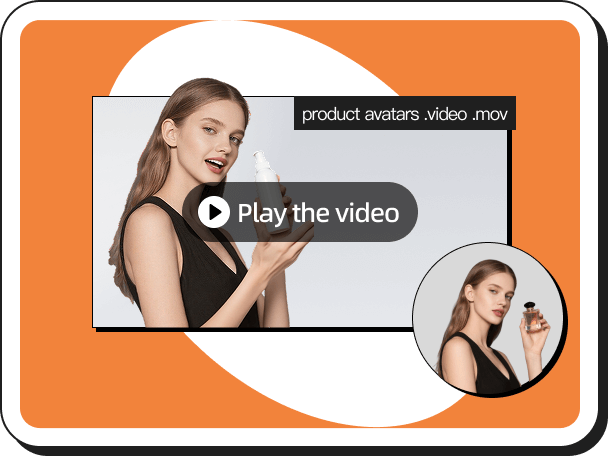 Product Avatars
Product Avatars Product AnyShoot
Product AnyShoot Virtual Try On Accessories
Virtual Try On Accessories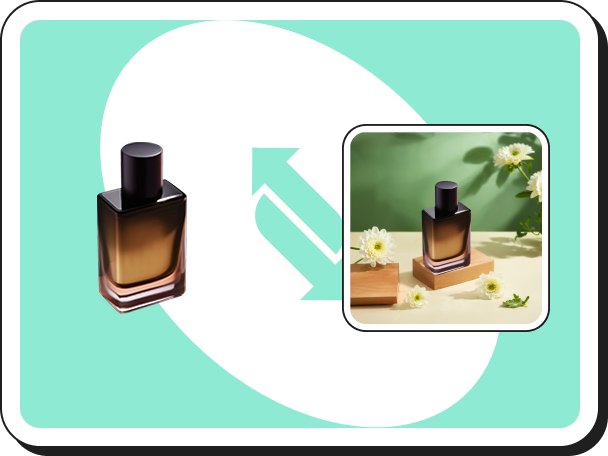 AI Backgrounds
AI Backgrounds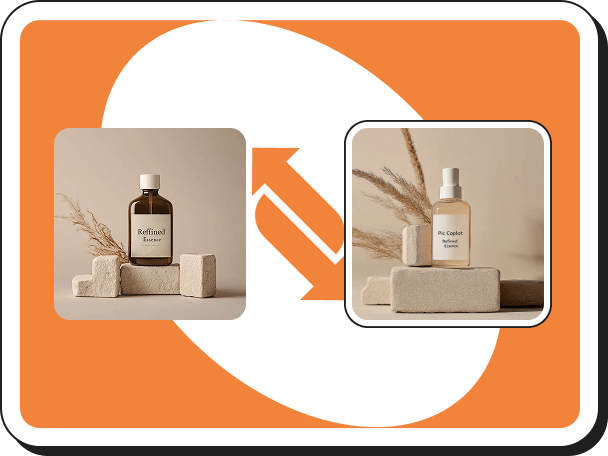 Style Clone
Style Clone Remove Watermark
Remove Watermark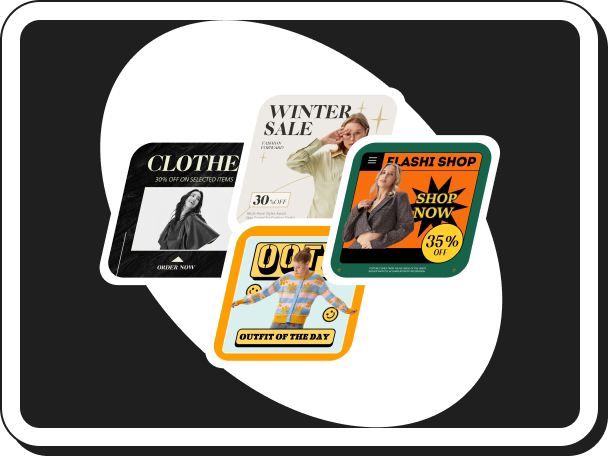 AI Templates
AI Templates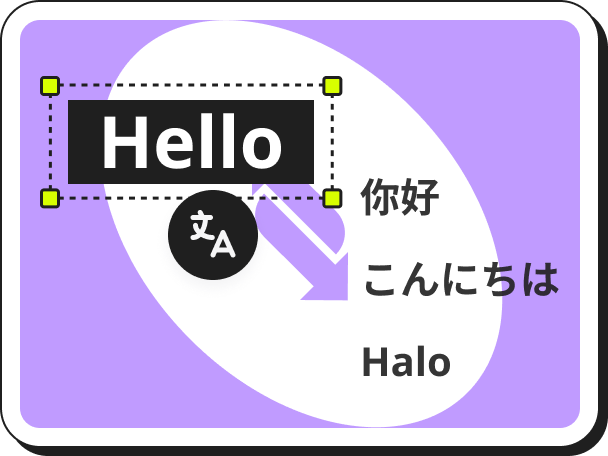 Image Translator
Image Translator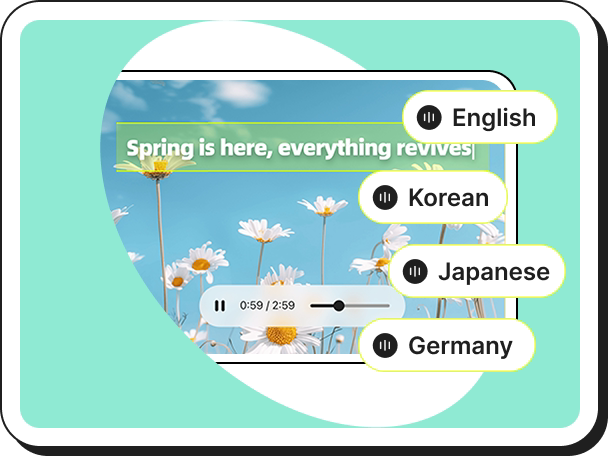 AI Dubbing
AI Dubbing Virtual Try On Shoes
Virtual Try On Shoes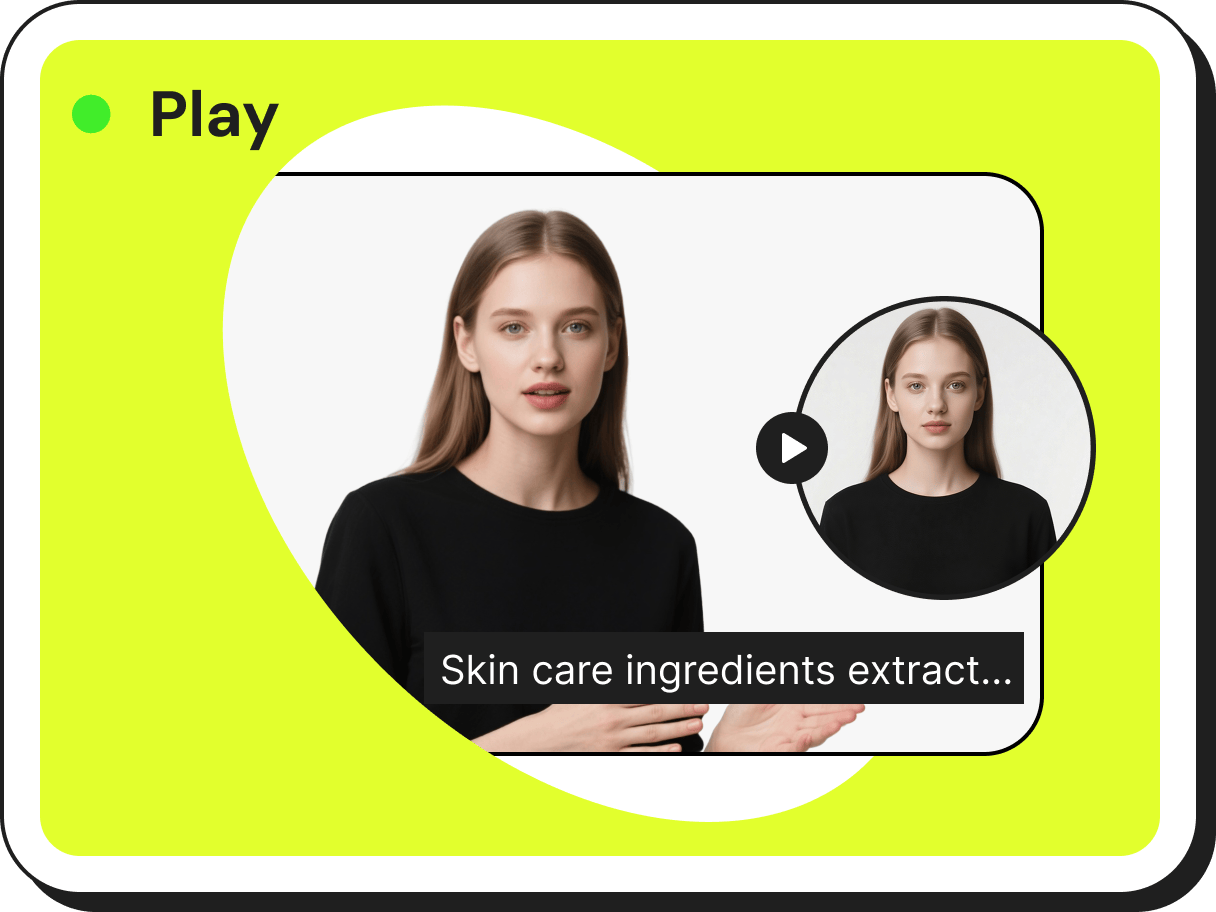 AI Avatars
AI Avatars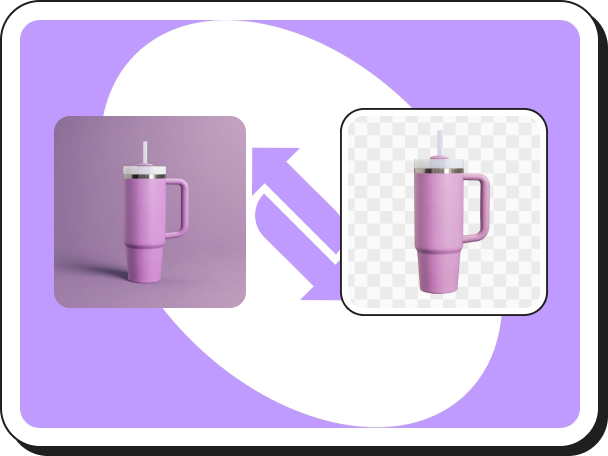 Background Remover
Background Remover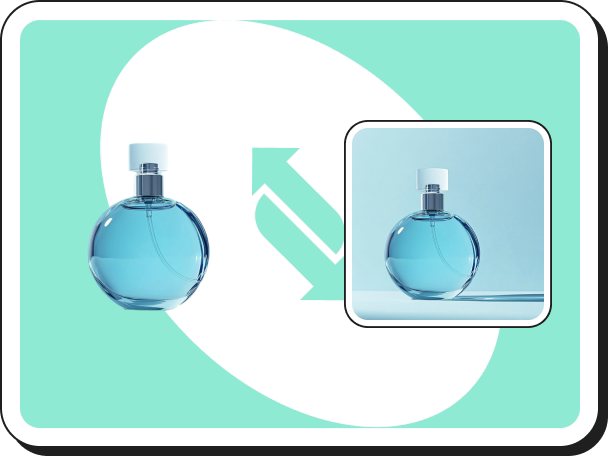 AI Shadows
AI Shadows Image Upscaler
Image Upscaler Image Enhancer
Image Enhancer